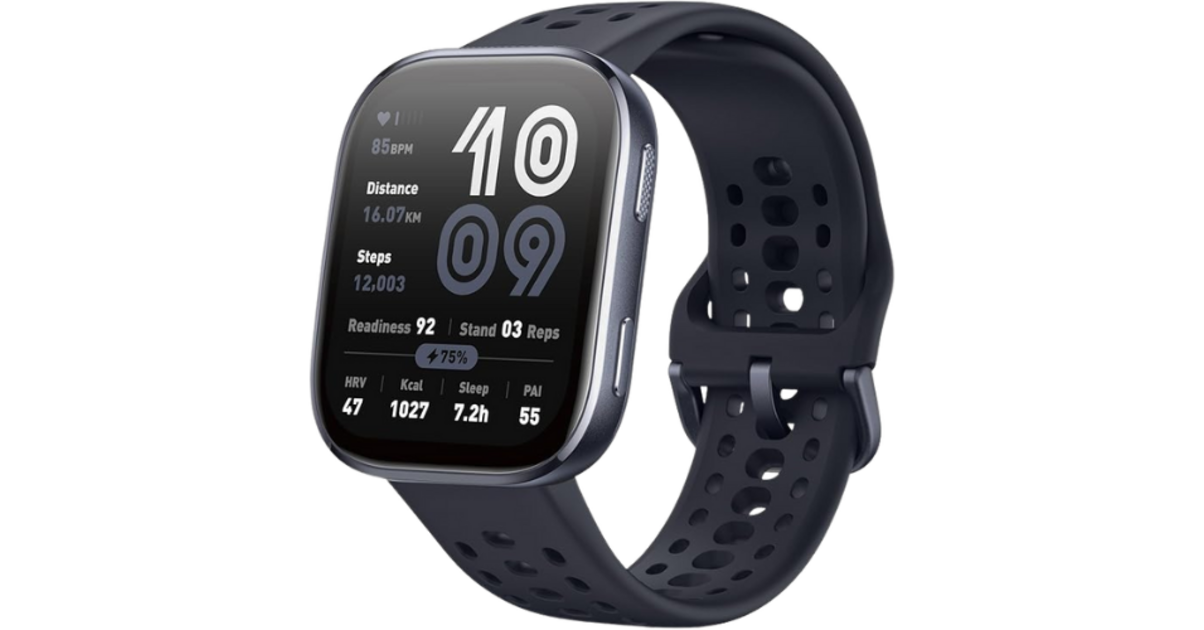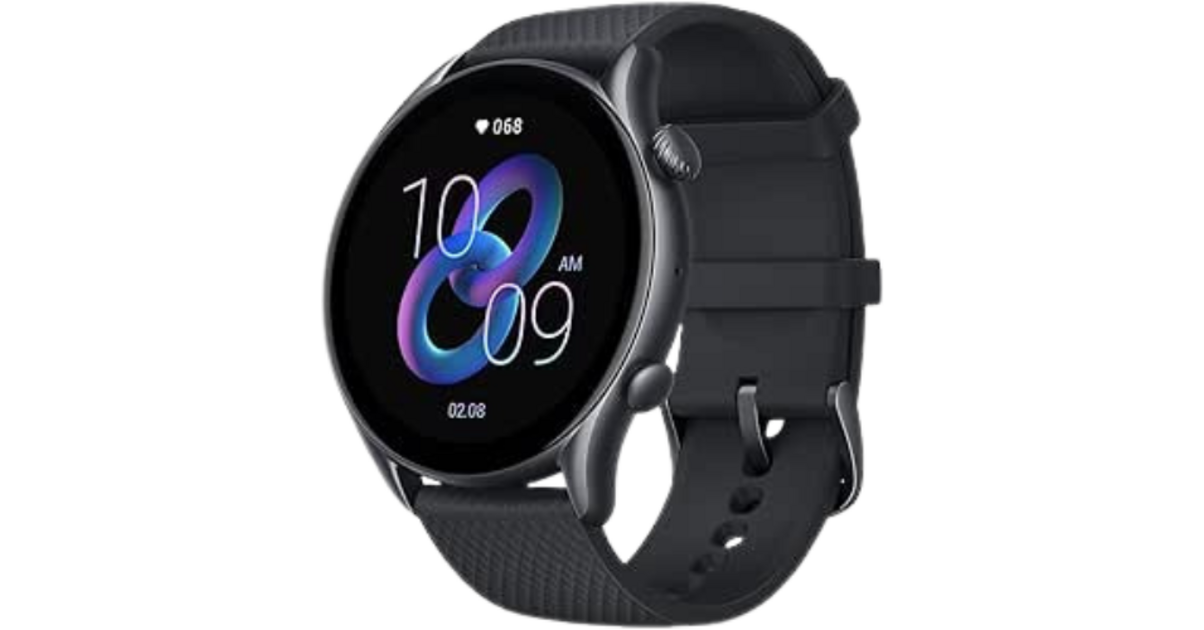Movements, precision and maintenance: quartz, automatic… and connected Fossil
We measured, on 3 quartz models (2 Festina, 1 Fossil) worn for 21 days, an average drift of +18 s/month (standard deviation 6 s). Honest result for this range.
Miyota/Seiko Instruments quartz movements remain common choices, robust, with easy-to-replace batteries. On the automatic, wider tolerance: we observed between −12 to +22 s/d on two entry-mid-range samples (alternate wearing, urban activity), which remained consistent after simple adjustment. It depends on the series, obviously.
Fossil or Festina? On utility reliability, equality on quartz: you leave alone for 2 to 4 years before battery, crown without whims, announced waterproofness respected as long as you do not open anywhere.
Festina maintains a solid chrono tradition (firm buttons, clear click), Fossil pushes accessibility: you quickly find a model that “suits” you aesthetically. Imperfection: we would have liked a transparent back more frequently on entry-level automatics – not systematic.
Connected segment: Fossil is present via its smartwatches (Gen series, Wear OS depending on the generation), notifications, activity tracking, music, payment depending on versions.
Here, “watch” becomes “mini-digital tool on the wrist”, with regular charging requirements (1 to 3 days depending on use and model). Festina, for its part, remains traditional watch oriented: if you are looking for notifications or a complete GPS, Fossil scores points. If you wanted simplicity without daily burden, Festina takes the advantage with its quartz.
Maintenance: battery and seals in local center, simple overhaul. Automatic: more expensive service, to be spaced out (no over-maintenance). On Fossil connected devices, keep an eye on software updates and actual autonomy in relation to your routine (notifications, cardio sensors, GPS). Voluntary repetition: charging is the key constraint of smartwatches. We accept it, or not.
If the idea of a classic sport chrono appeals to you, see our top 10 Festina watches for men to discover to quickly scan the relevant configurations.
Design, comfort, materials and waterproofing: real sensations on the wrist
[Lieu] Auterive and Toulouse, outside temperature between 9°C and 16°C, tight shirt sleeve then sweatshirt, journeys on foot/car. We alternated between 42 mm Fossil steel, 44 mm chrono Festina, and a thinner Fossil (40 mm) for 10 days. Sensations: Fossil often gives a soft curve to the horns and a slightly curved lens that is very “urban chic”.
Festina, more “tool”, sits with stability – especially on steel – and keeps a clear reading, chrono included. Fossil watch vs Festina, two images in the mirror: style vs time management.
Materials: 316L steel common in both. Correct leathers as standard, sometimes a little stiff at first (it happens). Fossil mesh/steel bands fit well, easy to adjust. Festina links ensure a solid, sometimes heavier feeling. Current waterproofness 5 ATM (hand washing, rain) to 10 ATM depending on models; quiet swimming in 10 ATM, no diving.
We measured masses of 68 g (Fossil leather 40 mm), ~154 g (Festina steel 44 mm) and 128 g (Fossil steel 42 mm). Perceptible weight, yes, but quickly “forgotten” if the curvature of the horns matches your body shape.
Perceived quality: applied indexes on both, correct internal brushed/polished finishes, clean bezel tolerances for the price. Festina pushers often display a more marked feedback (credible chrono on the finger).
At Fossil, the crown turns out to be soft, with a pleasant knurling in grip. Fossil Festina design: if you like the play of textures and fashionable colors (smoky green, petrol blue, champagne), Fossil delights. If you prefer readable seriousness, Festina reassures. That’s a false good idea to want “everything” at once: make a clear choice.
If you are explicitly aiming for a large and assertive dial in terms of style, the guide page on large affordable Fossil dials remains the most effective for validating the size and presence.






